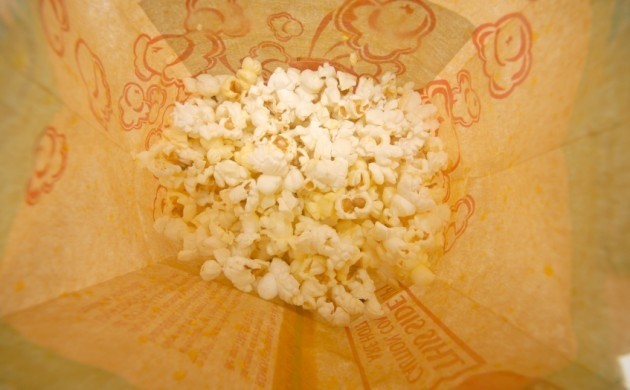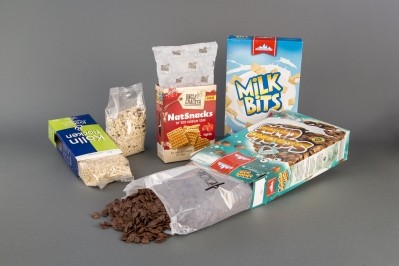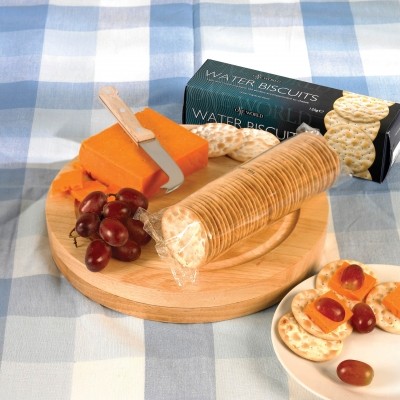Reaction to Danish government limit on fluorocarbons in baking paper, pizza boxes & food wrapping

The level has been set by researchers from the National Food Institute, Technical University of Denmark, because for the past 10 years it has been researching and giving advice on fluorinated substances.
Synthetically produced chemicals which repel water & oil
They developed the value based on current scientific data, practical, environmental and economic considerations for businesses, authorities and consumers.
Dr Michael Warhurst, executive director, CHEM Trust, told FoodProductionDaily, fluorinated substances are synthetically produced chemicals which repel water and oil.
The amount of research which shows the harmful effects of perfluorinated compounds (PFCs) is growing but many of them are still in use including the packaging of microwaveable popcorn.
“PFC’s grease proofing properties have made them desirable for fast-food packaging such as pizza boxes and microwave popcorn bags,” he said.
“It’s very hard to know which products contain PFCs unless the manufacturer or retailer tells you, though research in Denmark has found PFOA, one of the PFACs, in the packaging of all the brands of microwavable popcorn that were tested.
“In particular, perfluoroalkyl sulfonates (PFAS) and perfluoroalkyl carboxylates (PFAC) are man-made chemicals that have been in use for years due to their useful properties.”
Knowledge of their impact is limited
Fluorinated substances are problematic because they are resistant to break down and accumulate in both humans and the environment.
Some fluorinated substances are known to correlate with harmful health effects, such as cancer, increased cholesterol and a weakened immune system.
A number of the fluorocarbons are suspected of being carcinogenic and endocrine disrupters, but knowledge of their impact is limited, as very few of them have been evaluated by the European Food Safety Authority (EFSA).
“There have been a number of studies into the effects PFCs are having on human health,” added Warhurst.
“One study looked at the effects PFCs have on vaccination in children. The study took place in the Faroe Islands, where despite its remoteness, PFCs are found in blood serum of the people who live there at levels similar to those in other parts of the world.
“This study is part of a bigger ‘cohort’ study following children from development in the womb through childhood and beyond.
“The research found children who were exposed to higher levels of PFCs in the womb showed a reduced immune response to tetanus and diphtheria vaccines.
“This shows PFC exposures are leading to real impacts on children, with the reduction in antibody level creating a risk that levels of antibodies could be below those needed to provide long-term protection from the diseases.”
Push the EU towards more stringent legislation
As well as the recommendations for new levels, Danish food and environment minister, Eva Kjer Hansen, wants to push the EU towards more stringent legislation regarding the use of fluorocarbons.
“The safety of the consumer is paramount and there shouldn’t be any damaging fluorocarbons in paper and cardboard that comes into contact with our food products,” said Hansen.
“We must solve the problem in co-operation with the EU, so it’s not just the Danish companies that must avoid using fluorocarbons in food packaging.”
A Nordic workshop was held in Copenhagen in January 2015, organised by the Technical University of Denmark and the Danish Veterinary and Food Administration, and financed by the Nordic Council of Ministers, Nordic and international authorities, researchers and businesses to provide input on how to set a value.
It says the guidance value is at a level, which in practice means the value will be exceeded if fluorinated substances are used in the packaging. However, it allows low levels of unintentionally added fluorinated substances, fx from recycled paper.
The research was primarily financed through funds from the Danish Veterinary and Food Administration, the Danish Environmental Protection Agency, the Nordic Council of Ministers and the Ministry of Higher Education and Science.









